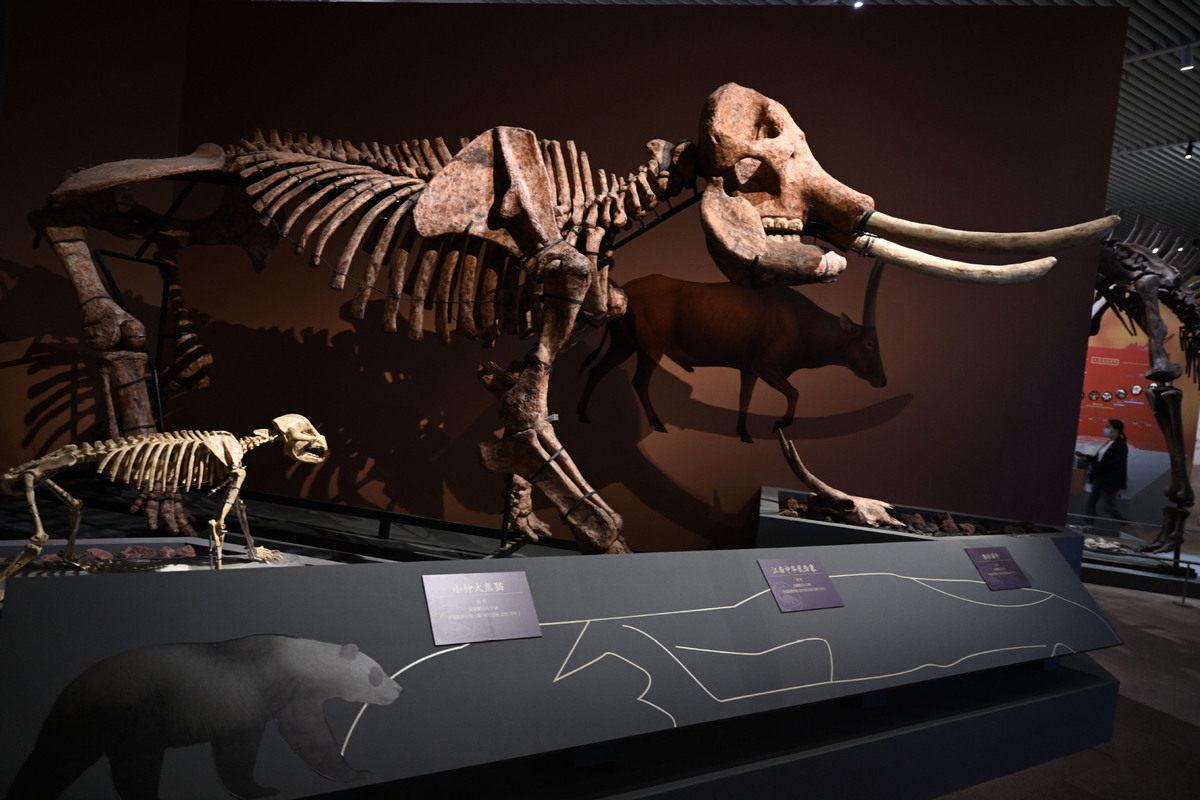

The exhibition "Oriental Homeland: A Million-Year Journey Through Human History of China" opened at the National Museum of China in Beijing on June 22. Featuring over 220 artifacts, the exhibition offers a captivating portrayal of the million-year history of human activity in China, tracing the journey from primates to modern humans through an immersive experience.
Jointly organized by the National Museum of China and the Institute of Vertebrate Paleontology and Paleoanthropology (IVPP), the exhibition showcases the latest advancements in paleoanthropology, Paleolithic archaeology and ancient DNA research in China over the past century. It presents a comprehensive narrative of human evolution, unraveling the deep cultural roots and the transformative journey of civilizations.
China stands among the world's most abundant regions in terms of paleoanthropological resources. Since the discovery of the first skull fossil at the Peking Man Site in Zhoukoudian in 1929, over 70 sites across the country have yielded prehistoric human fossils.
The exhibition is divided into four sections, exploring the evolutionary process of vertebrate animals, the morphological evolution of Chinese Homo erectus, the development process of Homo sapiens, and the patterns of evolution among early modern humans.
Deng Tao, Director of the IVPP, explained that in recent years, the institute has been at the forefront of applying new technologies, including high-resolution CT scanning, synchrotron radiation, 3D laser scanning, and digital image analysis in paleoanthropological research. Notably, breakthroughs in ancient nuclear genome capture technology have made large-scale research on ancient DNA feasible, contributing to advancements in anthropology and evolutionary genetics worldwide.